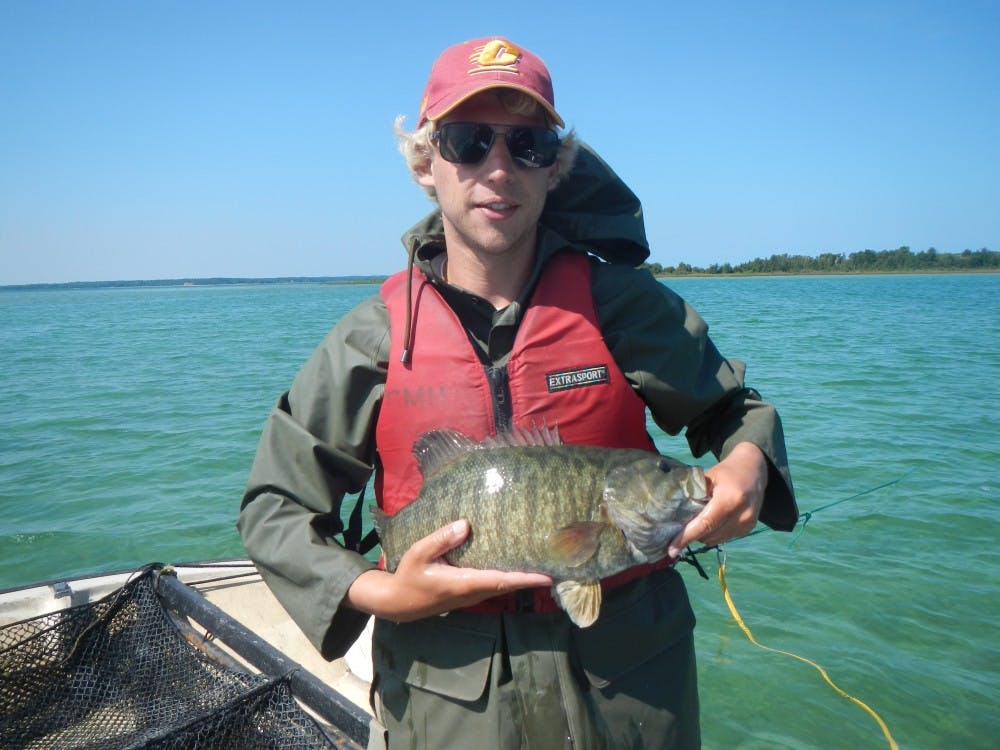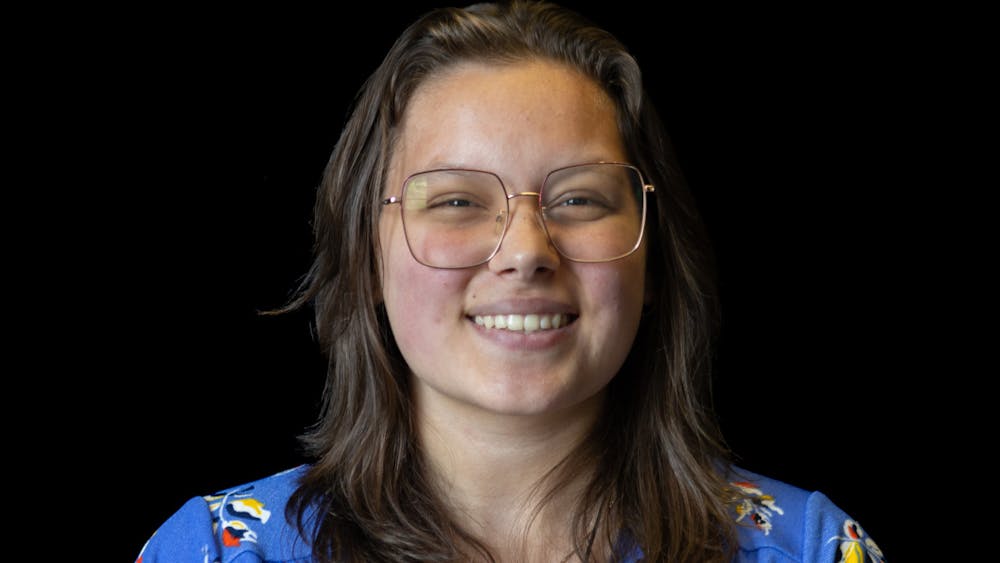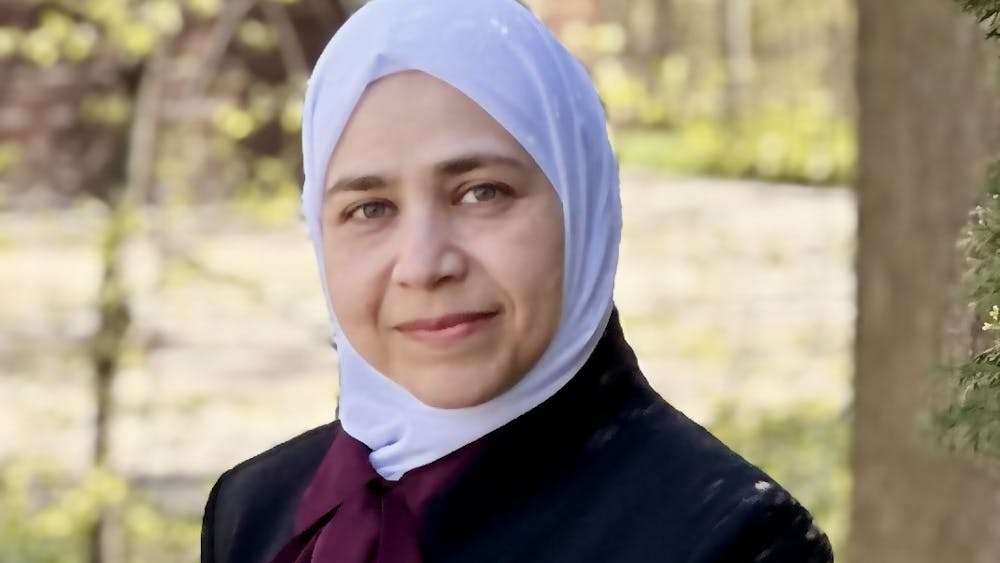Lake Michigan anglers encouraged to assist with ongoing CMU smallmouth bass study

Kevin Nevorski, 28, holds a recently caught and tagged smallmouth bass on Lake Michigan. As a Central Michigan University grad assistant, Nevorski has helped CMU in its ongoing smallmouth bass study with the Michigan Department of Natural Resources.
Anglers around the state can help the Michigan Department of National Resources and Central Michigan University in their ongoing study of Lake Michigan smallmouth bass.
The CMU-led study tagged smallmouth species throughout 2009 and 2014. Anglers in West Michigan are asked to report the whereabouts of tagged bass.
If found, an angler can report the capture location and tag number to michigandnr.com/taggedfish.tags. The DNR is requesting anglers do not remove tags after capture.
Tagging smallmouth bass helps the DNR track movement and population growth, said Dave Clapp, Charvelvoix Fisheries Station Manager with the DNR. Since 2005, more than 7,000 smallmouth bass species have been caught, tagged and released back into Lake Michigan.
The study indicates that smallmouth bass have been increasing in size and volume over the last 30 years. It also categorizes smallmouth bass as one of the fastest growing species in North America.
Clapp attributes much of the project's success to the help of CMU students. Without their help, Clapp said, the DNR wouldn't have a solid base of wide-ranging data.
"All of the students we've worked with from CMU have been really sharp," he said. "They've all gone out, found jobs and really proven themselves."
The university's relationship with the DNR dates back to the 1960s, offering scores of student research opportunities before graduation.
Kevin Nevorski is a CMU biology department graduate assistant. He began work on the smallmouth project in 2013 upon entering graduate school. The opportunity allowed Nevroski to work in his field before receiving his master's degree in biology conservation.
"I like aquatics and want to work in aquatics later on," said Nevorski, 28, from Chesterfield. "The job market is tough, and I'm still searching, but I now feel very qualified and can do this well."
Other Michigan universities have similar conservation projects, but mixing intimately with CMU faculty makes the experience unique.
"You can get these kind of connections at other places, but you can't get the same kinds of faculty interactions," he said. "Even if it's not your project, you can always go them for advice. They're happy to help and it's not a chore, which is amazing. That's what makes it special."
Hearing such glowing praise validates Biology Department Chair Tracy Galarowicz and her work on the project.
"The most rewarding thing is taking what my students have done and sharing that with the scientific community," she said. "I'm learning from them; learning what's important from the state and the DNR point-of-view. Students are always teaching me, too. They quickly become the experts (in their area of study)."
For more information on the study, visit http://michigan.gov/dnr.




